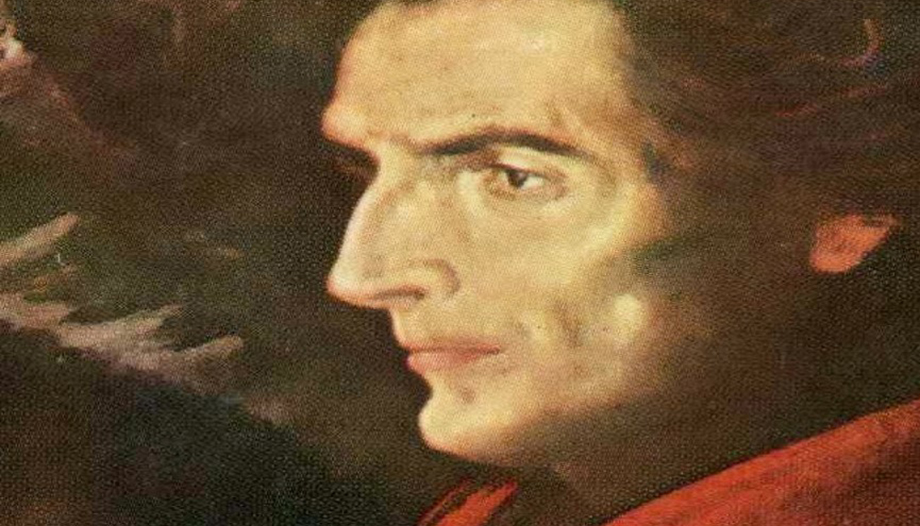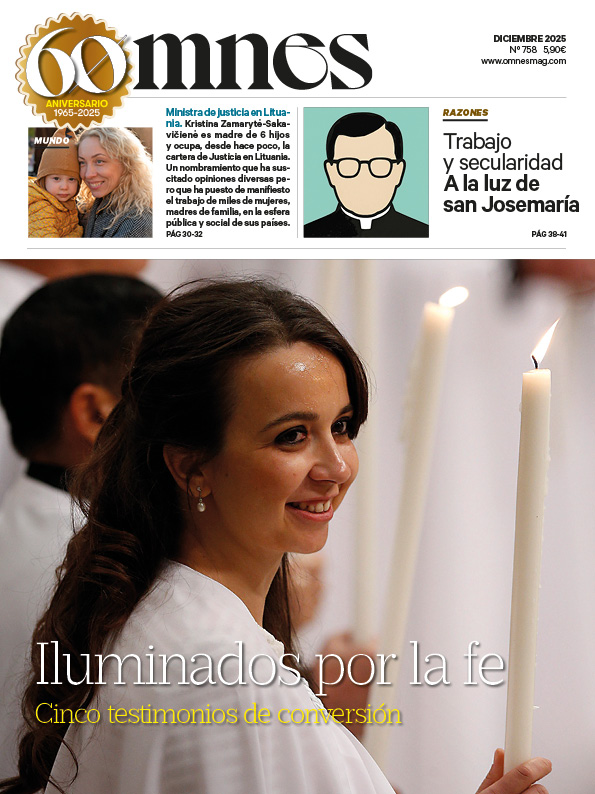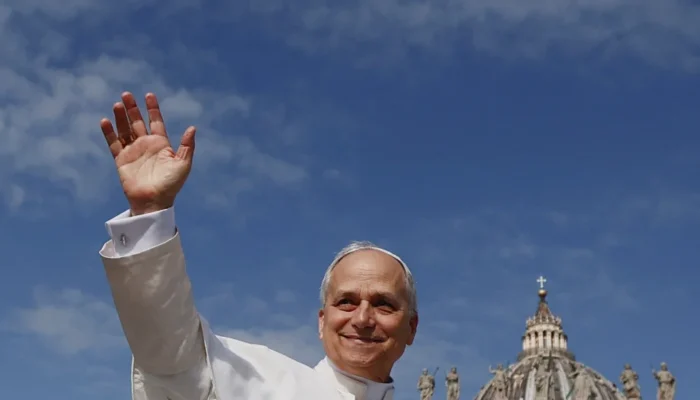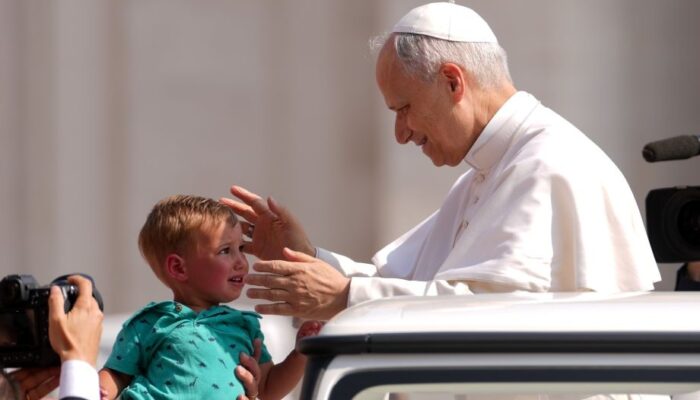José de Acosta (October 1, 1540 - February 15, 1600) was a scientist and missionary in Spanish America who was nicknamed "the Pliny of the New World". He was ordained a Jesuit as a young man and, when he was 31 years old, he was assigned to the Andes. There he founded several colleges, among them those of Panama, Arequipa, Potosi, Chuquisaca and La Paz. He later held the chair of theology at the University of San Marcos in Lima and was also elected provincial of the Society in Peru in 1576.
He is also mentioned supervising the casting of a large bell and investigating the tides of the straits in view of a possible attack by the Englishman Francis Drake. He also directed the elaboration of the Trilingual Catechism and Breviary (Spanish, Aymara and Quechua). In addition, he made at least three long trips through the interior of Peru in which he visited the missions established there, which allowed him to get to know the nature and social life of the indigenous people.
Two of his scientific contributions stand out. The first is the discovery of the Humboldt Current in the eastern Pacific Ocean near South America (250 years before the Prussian scientist Alexander von Humboldt).
The second is related to evolution. In 1590 he published "Historia Natural y Moral de las Indias" (Natural and Moral History of the Indies), which deals with the remarkable things of Heaven, elements, metals, plants and animals; and the rites, ceremonies, laws, government and wars of the Indians. There he postulates a timid but evolutionary interpretation of the animal, vegetable and cultural reality. For him all the animals of America would be nothing more than a modification of the original ones of Europe, where the difference in the different characters of the animals could have been caused by various accidents. For this reason he is cited in several books on the history of science as the founder of biogeography, which consists of the study of the geographical distribution of living beings on Earth over billions of years of evolution. His bold contributions made him anticipate Alexander von Humboldt (who quotes him profusely) and Charles Darwin (who copies what Humboldt says) in some ideas about the distribution and migrations of living beings in Spanish America for millions of years.
Professor of Paleontology. Faculty of Theology of Granada.








